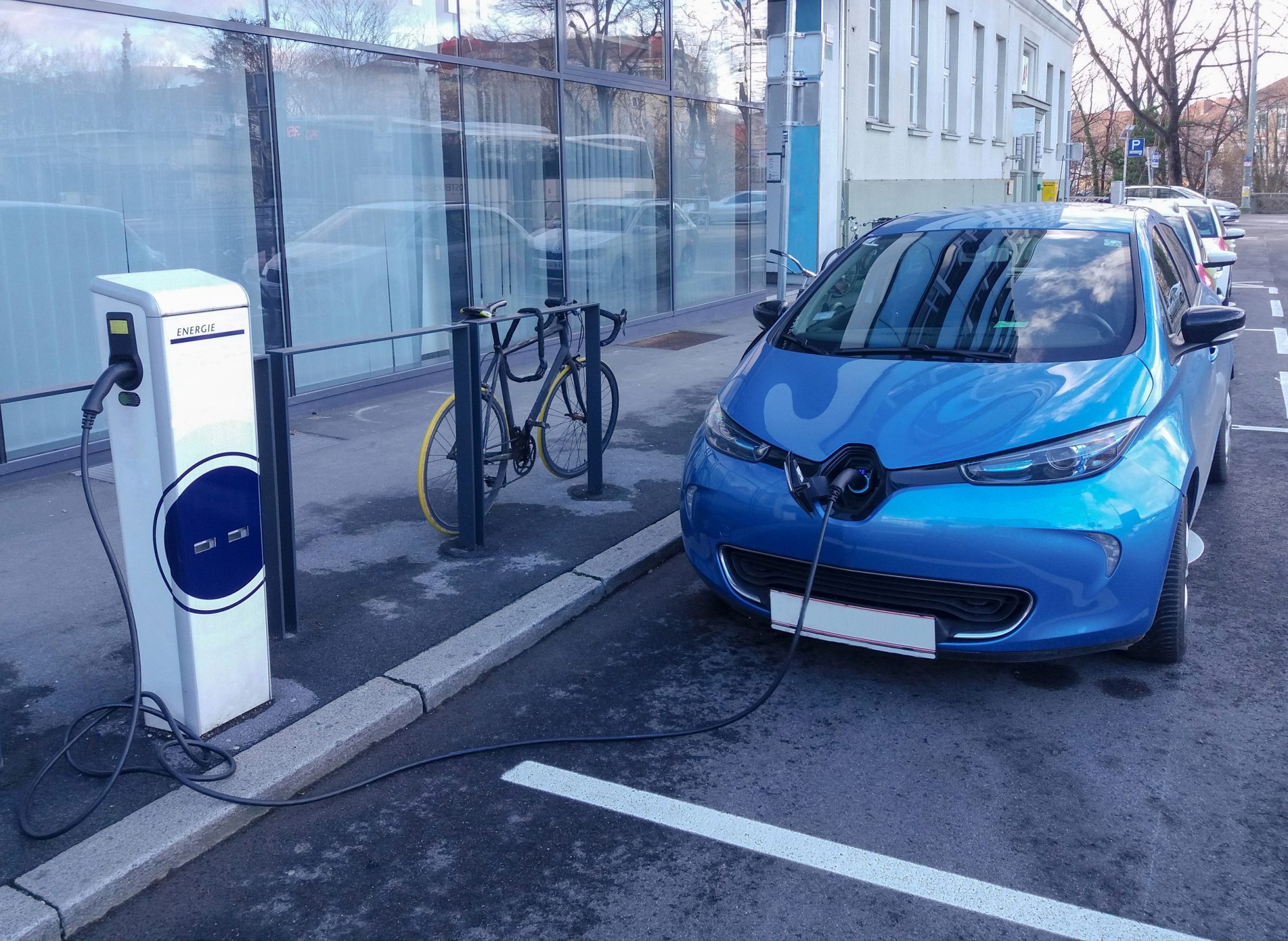Lauren Pamma, electrification propositions lead at Lex Autolease, discusses how the latest company car tax changes can support a wider uptake of electric vehicles across the UK.
With the sustainability agenda becoming ever more prominent, appetite for electric vehicles (EVs) continues to rise. Over the last 12 months we’ve seen a 177% increase in orders for EVs, and the latest annual registration figures report more than 37,000 pure-electric vehicles have entered the market. That’s in part due to the introduction of the new zero per cent benefit-in-kind (BIK) taxation level for EVs that came into effect in April 2020.
Company car drivers are now more confident in the financial implications of their decision to take an EV. This increase in popularity among company car drivers will make a significant difference to the low-emission vehicle market in general, too. Any trends in the company car market eventually play out in the second-hand market as company car contracts come to an end.
Coupled with the change in customer attitudes towards the climate change agenda, the demand for EVs is expected to rise throughout 2020 and beyond.
Financial incentives for drivers
The fall in BIK rates from 16 per cent to zero means company car drivers will make a considerable saving on current costs and, in some cases, result in EVs becoming cost neutral, or even cheaper than petrol or diesel equivalents.
To put this into perspective, a driver of a Nissan Leaf EV currently pays between £871 and £1,960 in company car tax per year, depending on their salary. From April, they’ll pay nothing.
The zero percent tax rate also applies to hybrid vehicles with emissions from 1 – 50g/km and a pure electric range of over 130 miles, giving drivers and fleets a wider range of vehicles to choose from.
Although the electric car tax will increase marginally to one percent in 2021 / 2022 and two percent in 2022 / 2023, this still represents a major reduction compared to current levels. The recent Budget confirmed that the two percent rate will continue until at least 2024 / 2025 providing a full five years of tax certainty for drivers.
As well as encouraging EV adoption, the new tax rules could see a swing back towards company cars after the trend in recent years for employees to opt for cash alternatives.
The new tax legislation presents huge potential cost savings for company car drivers and could be the catalyst for the next stage of EV growth. It is likely to increase demand from employees, and as businesses introduce a wider selection of EVs on their company car policies to meet this demand, the appetite from drivers in response to greater choice will only grow stronger.
Increase in EV adoption for businesses
It’s not only fiscal incentives that have boosted appetite for EVs. The rapid expansion of sustainable technology – including investment in charging infrastructure, evolving battery technology and an ever-increasing range of models on the market – removes many of the barriers to uptake cited by drivers, suggesting the upward curve is set to continue. In the Budget, the Chancellor’s announcement of a £500m investment in charging infrastructure to ensure no driver is ever more than 30 miles from a charge point should provide further comfort to drivers and remove range anxiety.
Even so, we’re at the early stage of the curve and demand for EVs is still hampered by some hesitancy from the market. To put it into perspective, the 37,000 EVs registered last year represents just 1.6 per cent of the total new cars on the roads – so there is still work to do to get businesses with fleets on board, especially as the government’s net-zero targets loom large.
According to our research, more than a fifth (22 per cent) of Brits say they don’t know enough about the different fuel types available and what would suit their driving needs, which might put them off making the switch.
To address this residual uncertainty, the focus has to be on increased education and awareness about EVs for both businesses, fleet managers and drivers, to make sure they have the right vehicle for the right job.
It’s true that there is not one EV solution that fits all business needs. In some cases, the very latest diesel vehicles will still be the most practical option for many job roles in the short to medium-term, especially those with high mileage requirements.
By contrast, for low mileage job roles – which are often concentrated in urban areas, such as last mile delivery services – electric vehicles are more than capable and represent an opportunity to make savings on fuel, maintenance, repairs, taxation and charges such as those for entering Clean Air Zones. All of these factors need to be included when calculating the whole-life cost of a vehicle, which is essential when considering when and where to begin transitioning to electric. While EVs may have a higher list price than petrol or diesel they can cost less in total over their lifetime with all of those other costs considered. Our advice to businesses is to carefully consider what each vehicle in their fleet will be used for, and to start the transition to electric technology where it will fit seamlessly into their operation.
For businesses who have decided to begin the move towards low and zero emission vehicle technology, the next question is whether to lease or buy outright. The key benefits of the former are flexibility and access to expert advice. That way, businesses have the best chance of successfully completing the transition to EVs in line with increased product availability and access to charge points.

